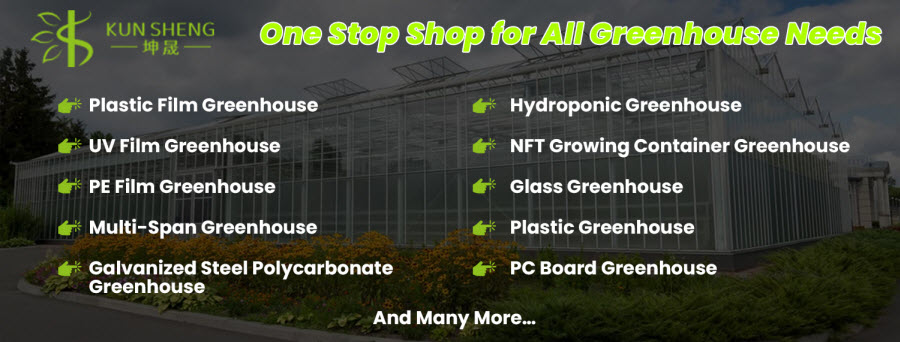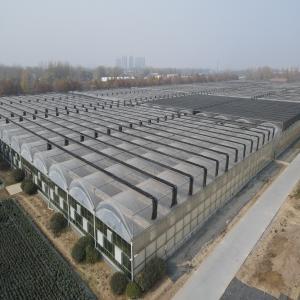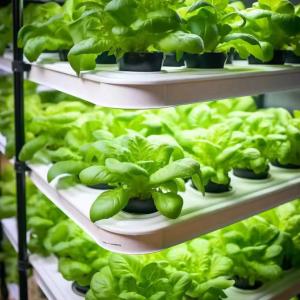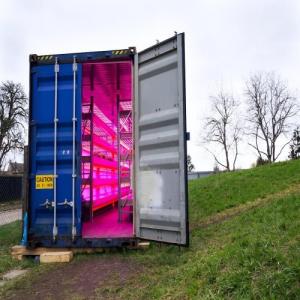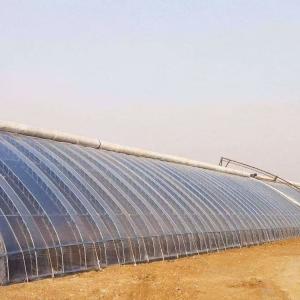Automation and Technology in Turkish Commercial Greenhouses
Introduction
Turkish commercial greenhouses have witnessed a significant transformation in recent years, thanks to the integration of automation and advanced technologies. This article explores the impact of automation and technology on Turkish commercial greenhouses, highlighting the benefits, challenges, and future prospects. From automated climate control systems to smart irrigation and data-driven decision-making, these advancements have revolutionized the way greenhouse farming is practiced in Turkey.
1. The Evolution of Turkish Commercial Greenhouses
Over the years, Turkish commercial greenhouses have transformed from traditional structures to high-tech facilities. The industry has embraced automation and technology to enhance productivity, optimize resource utilization, and ensure consistent crop quality. This evolution has been driven by the need to meet increasing consumer demand, improve efficiency, and reduce environmental impact.
2. Importance of Automation in Greenhouse Farming
Automation plays a pivotal role in Turkish commercial greenhouses as it enables precise control of environmental conditions such as temperature, humidity, and light. By automating these processes, farmers can create an optimal growth environment for crops, resulting in higher yields and improved crop quality. Additionally, automation minimizes manual labor, reduces human errors, and increases operational efficiency.
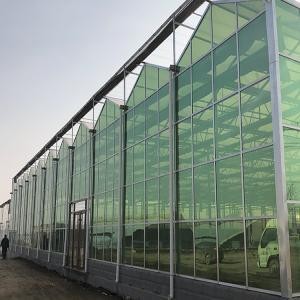
3. Key Technological Innovations in Turkish Greenhouses
3.1 Automated Climate Control Systems
Automated climate control systems are at the core of modern commercial greenhouses. These systems utilize sensors and actuators to monitor and regulate environmental conditions. By continuously adjusting temperature, humidity, and ventilation, they create an ideal microclimate for plant growth. This technology ensures that crops receive the optimal conditions necessary for their development.
3.2 Smart Irrigation Techniques
Water management is a critical aspect of greenhouse farming, and smart irrigation techniques have revolutionized this process. Through sensors and automation, Turkish farmers can precisely control the irrigation schedules and monitor soil moisture levels. This enables efficient water usage, prevents water wastage, and ensures that crops receive adequate hydration.
3.3 Sensor-based Monitoring and Data Collection
Turkish commercial greenhouses have embraced sensor-based monitoring systems that collect real-time data on various environmental parameters. These sensors provide valuable insights into temperature, humidity, light intensity, and soil conditions. By analyzing this data, farmers can make informed decisions regarding crop management, optimizing resource allocation, and detecting potential issues at an early stage.
4. Enhanced Crop Management through Automation
4.1 Precision Control of Environmental Factors
Automation allows Turkish farmers to exert precise control over environmental factors, creating the perfect conditions for crop growth. With automated systems regulating temperature, humidity, and light, plants can thrive in an environment tailored to their specific needs. This precision control minimizes stress on the plants, leading to improved growth rates, crop quality, and disease resistance.
4.2 Efficient Resource Utilization
By leveraging automation and technology, Turkish commercial greenhouses optimize resource utilization. Automated systems ensure that resources like water, energy, and fertilizers are used efficiently, reducing waste and environmental impact. Through data-driven decision-making, farmers can identify resource gaps and adjust their practices accordingly, achieving sustainable and eco-friendly farming practices.
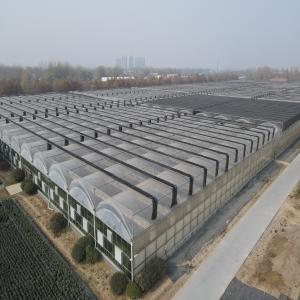
5. Challenges and Considerations
While automation and technology offer numerous benefits, Turkish commercial greenhouses face several challenges in their implementation.
5.1 Initial Investment and Operational Costs
Adopting automation and advanced technologies in greenhouses requires a significant upfront investment. The costs associated with installing climate control systems, sensors, and other automation equipment can be substantial. Additionally, operational costs, including maintenance and software updates, must be considered. However, the long-term benefits and increased profitability outweigh these initial expenses.
5.2 Technological Adoption and Training
The successful implementation of automation and technology depends on the expertise and training of greenhouse operators. Farmers need to familiarize themselves with the latest technologies and acquire the necessary skills to operate and maintain them effectively. Training programs and collaborations between technology providers and farmers can bridge this knowledge gap and ensure a smooth transition to automated systems. The integration of automation and technology in Turkish commercial greenhouses is an ongoing process, and several exciting advancements hold promise for the future.
5.3 Maintenance and Support
Like any technology, automated systems in Turkish commercial greenhouses require regular maintenance and support. Ensuring the smooth operation of sensors, actuators, and control systems is crucial for uninterrupted farming activities. Farmers should establish partnerships with reliable technology providers who offer maintenance services and prompt technical support when needed.
6. Conclusion
Automation and technology have revolutionized Turkish commercial greenhouses, offering numerous benefits to farmers and consumers alike. By leveraging automated climate control systems, smart irrigation techniques, and data-driven decision-making, Turkish farmers can achieve higher yields, improved crop quality, and sustainable practices. While challenges exist, the future looks promising with advancements such as AI, robotics, and blockchain technology set to further transform the greenhouse industry.
FAQs (Frequently Asked Questions)
1. What are the advantages of automation in Turkish commercial greenhouses?
Automation offers precise control over environmental factors, enhances resource utilization, and increases operational efficiency, resulting in higher yields and improved crop quality.
2. How do automated climate control systems work in Turkish greenhouses?
Automated climate control systems utilize sensors and actuators to monitor and regulate temperature, humidity, and ventilation, creating an optimal growth environment for the crops.
3. What are the benefits of smart irrigation techniques in Turkish commercial greenhouses?
Smart irrigation techniques enable precise control over irrigation schedules and efficient water usage, leading to optimal hydration for crops and prevention of water wastage.
4. How do sensor-based monitoring systems contribute to greenhouse management in Turkey?
Sensor-based monitoring systems collect real-time data on environmental parameters, allowing farmers to make informed decisions regarding crop management, resource allocation, and early detection of potential issues.
5. What are the main challenges in implementing automation and technology in Turkish commercial greenhouses?
The main challenges include the initial investment and operational costs, technological adoption and training, and the need for maintenance and technical support.
6. What advancements can be expected in the future of Turkish greenhouse farming?
The future of Turkish greenhouse farming holds potential advancements in artificial intelligence and machine learning, robotics and automation integration, and the utilization of blockchain technology for supply chain management.
In conclusion, automation and technology have revolutionized Turkish commercial greenhouses, offering significant benefits in terms of increased productivity, improved crop quality, and sustainable practices. By embracing automated climate control systems, smart irrigation techniques, and sensor-based monitoring, Turkish farmers can optimize crop growth conditions, enhance resource utilization, and make data-driven decisions. While challenges exist, the future looks promising with advancements in AI, robotics, and blockchain technology set to further transform the greenhouse industry.
